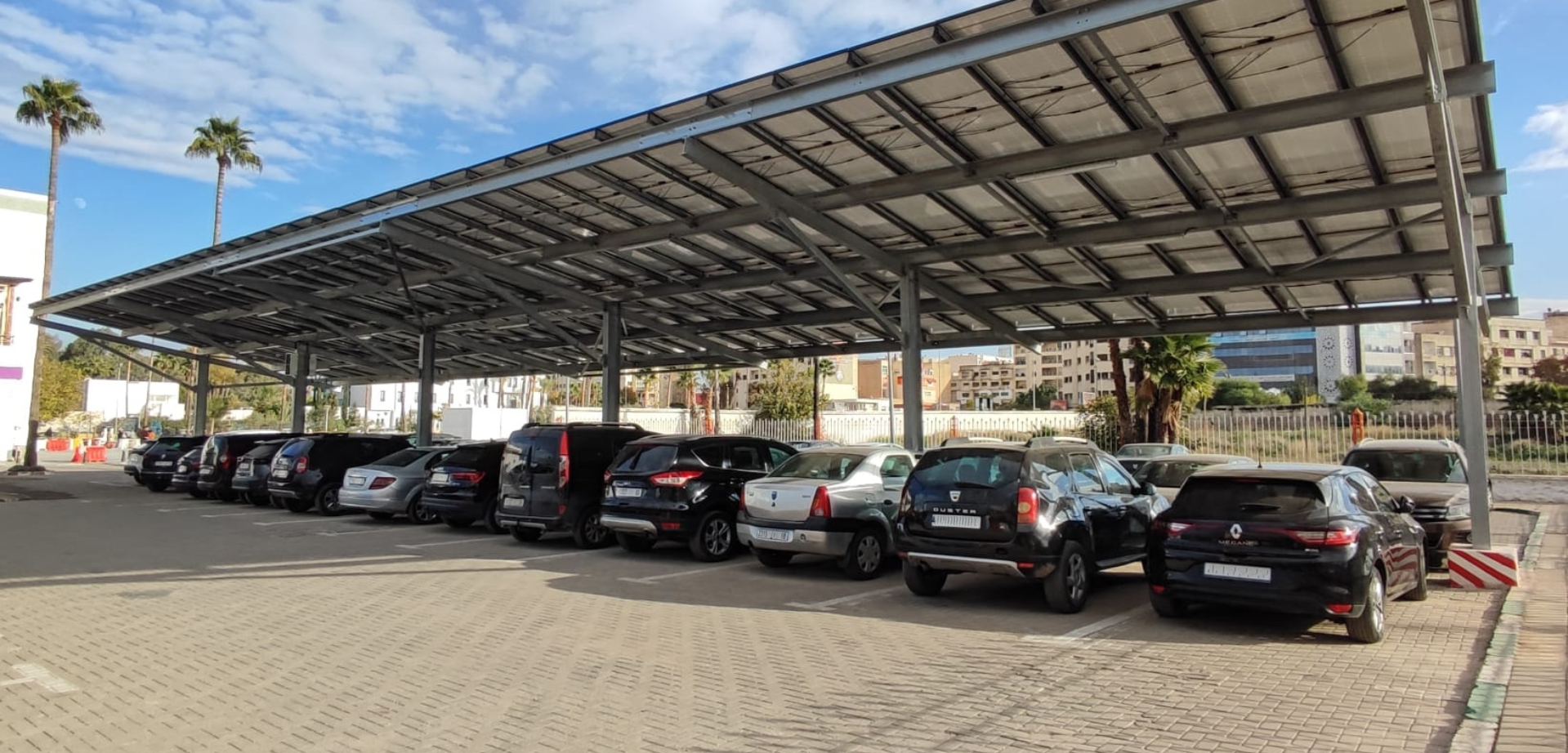Le 9 août dernier, le GIEC publiait son 6e rapport. Tâchons d’y voir plus clair, et pour commencer, arrêtons-nous un instant sur le GIEC.
QU’EST-CE QUE LE GIEC ?
Voici ce qu’on peut lire sur le site de l’organisation :
« Le Groupe d’experts intergouvernemental sur l’évolution du climat (GIEC) a été créé en 1988 en vue de fournir des évaluations détaillées de l’état des connaissances scientifiques, techniques et socio-économiques sur les changements climatiques, leurs causes, leurs répercussions potentielles et les stratégies de parade. »
En d’autres termes, le GIEC compile, étudie et évalue la presse scientifique relative au climat pour en faire des synthèses, mises à jour périodiquement. Ses auteurs ne font pas de recommandations, ils ne donnent pas d’ordres aux décideurs, ils font un état des lieux des connaissances actuelles et modélisent des scénarios, en fonction des données disponibles, pour anticiper l’avenir climatique.
Cette fois, les 234 auteurs – triés sur le volet ET bénévoles – ont épluché 14 000 publications pour accoucher d’une première version du rapport. Celle-ci a été partagée à des relecteurs qui ont pu formuler 78 000 commentaires, tous pris en compte pour obtenir la deuxième version. La mouture remaniée qui compte quelque 4 000 pages, ainsi que le résumé technique et celui à destination des décideurs politiques, a finalement été soumise à tous les représentants des États membres du GIEC, qui l’ont validée, ligne après ligne.
Ce système de publication « à repasse » minimise le risque d’erreur et indique que les 195 nations représentées ont lu et validé les conclusions du rapport.
Rappelons enfin que ce rapport est le fruit du travail du groupe 1 du GIEC, qui en compte trois :
- Le groupe 1 étudie le fonctionnement physique du climat et modélise son évolution.
- Le groupe 2 s’intéresse à la vulnérabilité de nos sociétés face aux changements climatiques, en évaluant les conséquences positives et négatives qu’ils peuvent avoir ainsi que la possibilité de s’y adapter.
- Le groupe 3 quant à lui évalue les solutions existantes pour diminuer les émissions de gaz à effet de serre ou atténuer de toute autre manière les changements climatiques.
Les rapports des groupes 2 et 3, qui viendront compléter celui qui nous intéresse aujourd’hui, seront respectivement publiés en février et mars prochains. Une synthèse des 3 rapports doit paraître en septembre 2022.
VUE D’ENSEMBLE
Voici les quelques points clés à retenir sur l’état actuel du climat :
- Il est incontestable que les activités humaines sont à l’origine du changement climatique.
- Les changements climatiques récents, qu’ils affectent l’atmosphère, les océans, la cryosphère ou la biosphère, sont généralisés, rapides et s’intensifient. Ils sont sans précédent depuis des milliers d’années.
- Le réchauffement climatique rend les phénomènes extrêmes, notamment les vagues de chaleur, les fortes précipitations et les sécheresses, plus fréquents et plus sévères.
- L’augmentation de la température en surface accélère la montée des eaux et cause le réchauffement, la perte d’oxygène et l’acidification des océans.
- À moins d’une réduction immédiate, rapide et à grande échelle des émissions de gaz à effet de serre, limiter le réchauffement à 1,5 °C sera hors de portée.
CHAQUE TONNE SUPPLÉMENTAIRE DE CO2 REJETÉE DANS L’ATMOSPHÈRE AUGMENTE LE RÉCHAUFFEMENT
Le réchauffement est quasi proportionnel aux émissions cumulées de CO2 dans l’atmosphère. Si chaque tonne de CO2 rejetée amplifie le réchauffement, par contraposée, toutes les émissions évitées diminuent le réchauffement.
Ouvrons une parenthèse pour expliquer à quoi correspondent les 5 scénarios retenus par le GIEC dans ce rapport :
• SP1-1.9
• SSP1-2.6
• SSP2-4.5
• SSP3-7.0
• SSP5-8.5
Prenons l’exemple du scénario SSP2-4.5.
SSP signifie Shared Socio-economical Pathway et désigne un scénario qui tient compte de plusieurs paramètres tels que l’évolution de la population mondiale, le rythme de la croissance ou encore le degré de coopération internationale face à l’urgence climatique. SSP2 renvoie donc à un scénario socio-économique défini, surnommé « la voie médiane ». Pour connaître le détail des cinq scénarios, rendez-vous sur la page Wikipedia correspondante.
4.5 désigne le niveau de forçage radiatif associé au scénario SSP2. Cette notion, qui est essentielle pour bien comprendre le phénomène du réchauffement climatique, est expliquée très clairement par Le bon pote ici. Aujourd’hui le forçage radiatif est de 2,3 W/m². Rappelons qu’il augmente chaque fois que du CO2 est émis et stocké dans l’atmosphère. Et que plus il augmente, plus la température à la surface du globe augmente.
Pour faire simple, le scénario SSP1-1.9 correspond au meilleur des mondes, dans lequel la transition énergétique se ferait à vitesse grand V, de façon concertée aux niveaux national et international ; le scénario SSP5-8.5 modélise le scénario catastrophe, avec une croissance galopante, une utilisation redoublée des énergies fossiles et aucune mesure prise pour réduire les émissions. Les deux sont également improbables.
Pour l’heure nous suivons plutôt la courbe jaune, SSP2-4.5, qui conduit à une augmentation 2 °C aux alentours de 2050, et de 2,7 °C à l’horizon 2100.
LE CHANGEMENT CLIMATIQUE AFFECTE DÉJÀ TOUTES LES RÉGIONS HABITÉES DE LA PLANÈTE
Les vagues de chaleur extrême vont s’amplifier partout dans le monde, avec un degré de certitude élevé dans la plupart des cas.
Les précipitations intenses augmenteront dans certaines régions tandis que les sécheresses gagneront du terrain dans d’autres. Cependant, ces prévisions sont moins fiables, en raison d’une absence de consensus ou d’un panel de données limité.
LE RÉCHAUFFEMENT AMPLIFIE LES PHÉNOMÈNES CLIMATIQUES EXTRÊMES (VAGUES DE CHALEUR, FORTES PRÉCIPITATIONS, SÉCHERESSES, CYCLONES)
Si l’on prend l’exemple des canicules se produisant une fois tous les dix ans avant l’ère industrielle, on observe qu’aujourd’hui, du fait d’une augmentation de 1 °C de la température moyenne, elles se produiront probablement 2,8 fois par décennie.
Si le réchauffement atteint 2 °C, elles se produiront en moyenne 5,6 fois par décennie, et leur intensité, qui était d’environ +1,2 °C avec un réchauffement de 1 °C passera à +2,6 °C.
Les précipitations intenses et les sécheresses seront sujettes à un emballement comparable, quoique dans des proportions moindres.
Ce qu’il faut conclure de cela ? Eh bien, que plus la température moyenne augmentera à la surface du globe, plus violentes et fréquentes seront les canicules, les sécheresses, les inondations, les précipitations…
En d’autres termes, et comme le dit le climatologue Christophe Cassou auteur du rapport : « Chaque fraction de degré compte car elle conditionne le risque associé aux événements extrêmes. Si on ne parvient pas à contenir le réchauffement climatique à + 1,5 °C, il faut tout faire pour le limiter à + 1,6 °C. »
BUDGETS CARBONE
Depuis la publication du 1er rapport du GIEC en 1990, c’est-à-dire en trente ans, 1 000 milliards de tonnes de CO2 (GtCO2) ont été émises. C’est presque la moitié de nos émissions cumulées (2 390 GtCO2) depuis le début de l’ère industrielle, en 1850.
Compte tenu de la relation quasi proportionnelle entre les émissions cumulées et l’augmentation de la température moyenne à la surface du globe, il est possible de calculer quelle marge il nous reste en fonction d’un objectif de température à atteindre, ou à ne pas dépasser.
C’est de là que viennent les budgets carbone.
Étant donné que les émissions mondiales sont actuellement d’environ 40 GtCO2/an, ce budget risque de réduire comme peau de chagrin, d’où les changements rapides, généralisés et soutenus dans le temps auxquels le GIEC enjoint les décideurs politiques.
CONCLUSION
« Sans équivoque » : cette formule est un grand pas pour le GIEC. La responsabilité de l’homme est désormais démontrée. Production d’énergie, industrie, transport, résidentiel, tertiaire, agriculture, traitement des déchets, tous ces secteurs, parce qu’ils émettent des gaz à effet de serre, contribuent à réchauffer la planète.
Si les conséquences du « business as usual » telles que décrites dans ce rapport – les scénarios rouges – font « froid » dans le dos, le pire peut encore et doit être évité. Pour cela, il s’agit d’avoir conscience de la menace qui pèse, d’en prendre acte et d’agir en conséquence.
Les pistes sont connues : efficacité énergétique des bâtiments, énergies renouvelables, mobilité durable, création de puits de carbone… Tout cela concourt à la réduction des émissions de dioxyde de carbone et par conséquent freine le réchauffement et atténue ses conséquences.
Il n’en reste pas moins que des politiques publiques ambitieuses, des investissements massifs, une responsabilisation de tous les acteurs économiques, ainsi qu’une collaboration efficace à l’échelle internationale, seront autant de facteurs décisifs pour réussir la transition énergétique qui s’impose.
Articles similaires

COMMUNIQUÉ DE PRESSE | Enerlis au cœur du ferroviaire marocain !
Nous sommes fiers d’annoncer la livraison de deux centrales solaires photovoltaïques dans les gares de Fès et de Benguerir, réalisées...
Voir la suite

